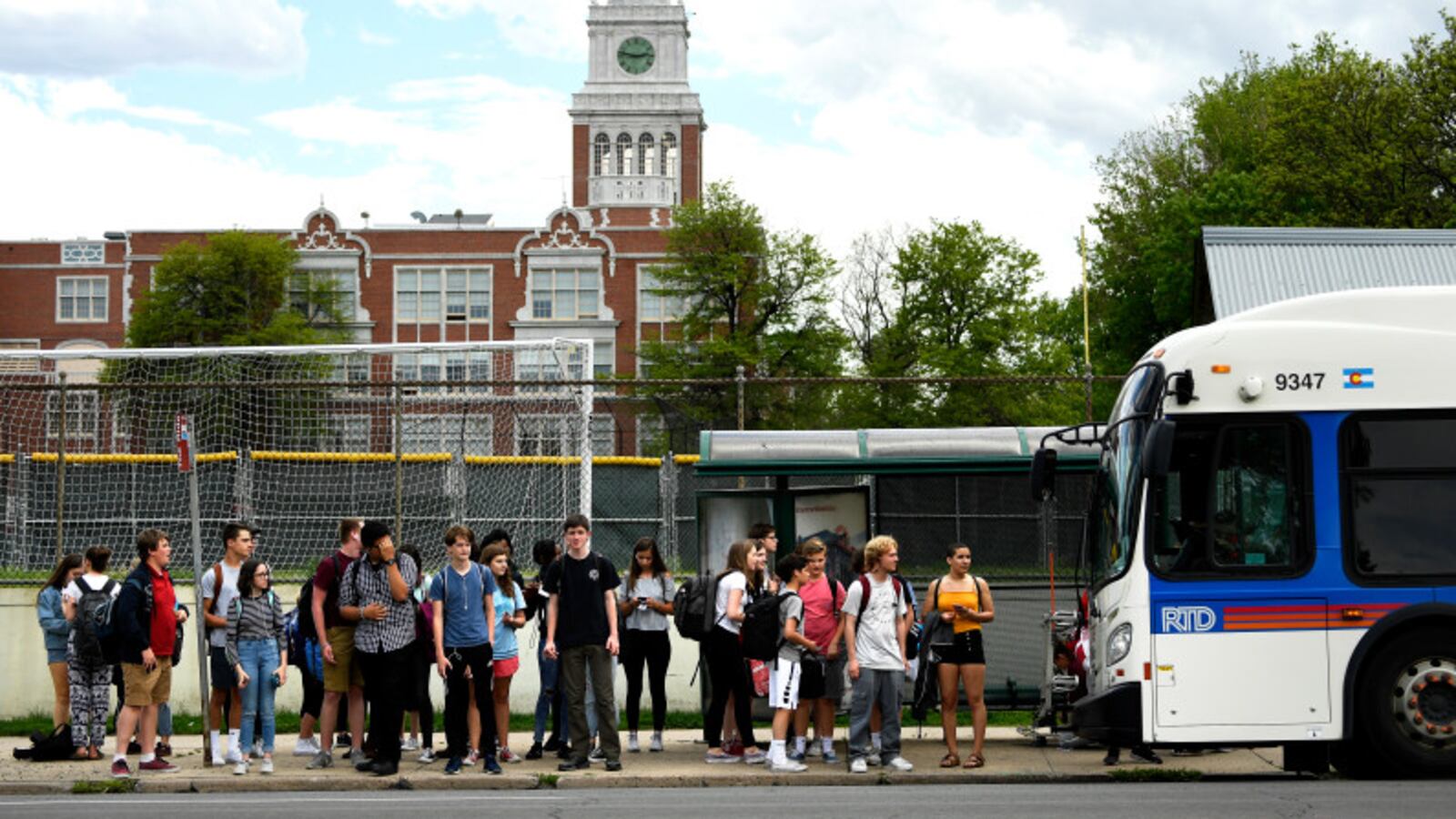On the first day of next school year, the typical student at a Denver comprehensive high school will have spent more time in that school than their principal has. By my count, two-thirds of them will have started their jobs in the last two years.

I’ve spent 15 years as a principal — now at East High School — and 12 in district offices. And in my experience, it takes a couple of years for a principal to really get to know a high school community. That means the average Denver principal and their school community are just beginning to connect. With Susana Cordova just beginning her superintendency, principals are getting to know their boss, too.
That makes it a great moment to reflect on what principals need in order to stick around, offering stability we know is good for students.
I’ve spent the last several months talking with colleagues who have moved along and reflecting on my own experiences to try to understand why principal turnover in Denver is high and the level of experience low.
I see three basic problems that Cordova needs to focus on solving.
The central system is serving the district, not the schools.
My ability to access the right person at the right time is limited by bureaucratic tangle. If a concerning issue arises at my school, I may need to separately contact a supervisor, the legal team, communications, security, and the family relations team. No principal, in an urgent moment, has the time for that.
The district offices, while currently undergoing a redesign to significantly reduce costs, remain distant from the work at schools. The district’s more than 70 departments are currently designed to partner with willing schools instead of being designed to serve all students.
It would help to have a single point of access to all departments and resources. Being able to contract for specific needs before a school year starts would also be more efficient than the current system and prepare us both for a relationship that works.
Principals feel undervalued.
There is an old human resources maxim: talent goes where it is valued and developed. While principals’ pay may seem high, principals are treated as “at-will” employees who may be dismissed at any moment, unlike superintendents and most teachers. The hours and commitment require a service orientation, not an economic interest.
Meanwhile, professional growth is often lost to urgent demands from district leadership. While we get that all levels of accountability sit squarely on the shoulders of the principal, it can feel like the central office steps away when the going gets tough. I’ve seen it — from student achievement to managing a strike, experienced and knowledgeable support can be lacking.
Meanwhile, when principals are placed in the job, the work of continued development is crucial. A small investment in the right learning experiences can make all the difference.
Once, just as I was feeling stuck, I received an offer to attend a conference designed for startup innovators. The new perspective I gained opened my mind and allowed me to think as a designer, creating new prototypes instead of remaining stuck in a rut. We’ve since been working on new types of data systems that take a proactive approach to supporting students, helping to monitor their progress as they move through the school year.
The district is hiring principals who aren’t well prepared for the job.
Even after years of investment in leadership development, our principal preparation programs and selection processes are not as effective as they need to be. Even with strong preparation, the 60-plus-hour weeks of the high school principalship can quickly become all-consuming. Without that preparation, school leaders are in trouble.
The Wallace Foundation-funded “Principal Pipeline Project,” which I directed at its inception, generally boosted achievement, and still has the potential to create well-prepared candidates. But I don’t see enough opportunities for potential principals to learn about leadership or adequate on-boarding practices to help leaders handle their first few years as the realities of the principalship set in.
The work of the principal is vital to the success of our students. A study from last year found that great principals help keep great teachers around, too. With the right action by the district’s central offices, I know that Denver Public Schools can ensure that our most effective principals grow, thrive, and stay in our schools.
John Youngquist is the principal of Denver East High School. Previously, he worked as the chief academic officer in the Aurora Public Schools and has also served as director of principal talent management and area superintendent for Denver Public Schools.
About our First Person series:
First Person is where Chalkbeat features personal essays by educators, students, parents, and others trying to improve public education. Read our submission guidelines here.

